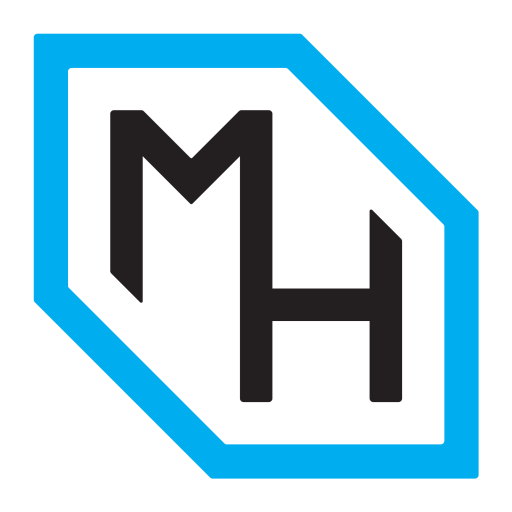Tonight I got the chance to tour Angel Bomb with the seniors design students at UNWSP. Angel Bomb is a letterpress and design studio in Northeast Minneapolis. The studio is owned Todd Thyberg. He was kind enough to answer our questions about letterpress, working with clients, and running a studio. Todd started by giving us a brief historical overview of print in relation to letterpress.
- Our letterpress history lesson started with a discussion about Gutenberg’s moveable type printing press. Not only was his invention revolutionary for the printing industry, but it also saved time and money. Moveable type’s ease of use and relative inexpensiveness lead to more published books and printed materials that the literate masses would then consume.
- Jump ahead about 400 years to the 1950-60s, the home to the next major change in printing. This new method was called offset printing, and uses a lithographic style of printing but on a large scale. Originally lithography required large slabs of sandstone and oil based artwork negative to then be inscribed on the stone. The modern day equivalent requires aluminum plates; these when inked transfer the image to rubber sheet which then apply the ink to the paper. Because the aluminum plate doesn’t touch the paper surface it is considered an offset method.
- The next change in printing was the transition to digital. This is probably the most familiar method because both the inkjet and laser printers are considered digital printing methods. Today digital printing is mainly used in offices and homes, but it is also used for shorter print runs typically up to 2-3 thousand copies.
- Recently there has been a resurgence in letterpress due to the craft nature of the process. In reacting to the temporary and fleeting nature of digital age, letterpress presents a lasting artifact that represents the blood, sweat, and tears that went into the project. An added benefit of letterpress is that the type or imagery is press into the paper leaving a lovely deboss. This process is also more open to a wider variety papers that are typically problematic to other printing methods. One modern advancement to letterpress was the invention of polymer plates. These plates allow for a wider variety of type and illustration, that would have cost a fortune historically.
Todd went on to talk about how he works with clients and how best to design for letterpress. The biggest points he made about designing for letterpress were:
- Colors: With newer methods multiple colors prints are easy to produce. Letterpress printing requires a new ink and plate for every color that is used. The more colors involved in a project the higher the cost will be. Another consideration to make when dealing with letterpress is the fact that lighter colors, such as yellow, may appear transparent. To accommodate for this the printer might need double or triple printed to get the desire vibrance this might also increase the cost of your project.
- Type: When printing with letterpress small details and type can become lost or unreadable. You should always try to keep the type and visual large. If you are questioning your design ask your printer, they will know what their equipment can tolerate.
- Trapping: When designing a project that will be printed multiple time you need to be aware that the color might not line up as perfectly as it did on the computer. Some designers make allowance for this by adding outlines to cover the areas in question, while others will simply attribute it to the beauty of the craft. Designing with trapping in mind accounts for the margin of error that results when you have to print a piece multiple times.
It was great to brush up on my history of print, and see to some of the awesome work that Angel Bomb has been producing. I look forward to seeing more great work from their studio in the future!
Stay splendid!
Matt
